
Mount Dulang-Dulang, standing at 2,938 meters above sea level (MASL), is the second-highest peak in the Philippines. Nestled in the Kitanglad Mountain Range in Bukidnon, Mindanao, this majestic mountain offers not just a physically challenging hike, but also an immersive experience into the heart of nature. From its mossy forests to its panoramic summit views, Mount Dulang-Dulang is a true paradise for adventurers and nature enthusiasts. 
Table of Contents
Mt Dulang-Dulang Difficulty
Climbing Mount Dulang-Dulang is not for the faint-hearted. The hike is rated as one of the most challenging in the Philippines, requiring a good level of physical fitness and mental resilience. The trail is steep, often muddy, and can be quite slippery, especially after rain. Hikers will need to navigate through dense forests, cross streams, and endure the cold, thin air as they ascend to the summit.
Despite the challenges, the rewards are immense. The journey to the top of Mount Dulang-Dulang offers breathtaking views, unique flora and fauna, and the serenity that comes from being surrounded by nature. The sense of accomplishment upon reaching the summit makes every grueling step worth it.
Mt Dulang-Dulang Height or MASL
Mount Dulang-Dulang stands tall at 2,938 MASL, making it the second-highest mountain in the Philippines, just after Mount Apo. This elevation puts it in the category of “major climbs,” meaning it’s a peak that demands respect and proper preparation. The altitude also means that temperatures can drop significantly, especially during the night and early morning, so proper gear is essential.
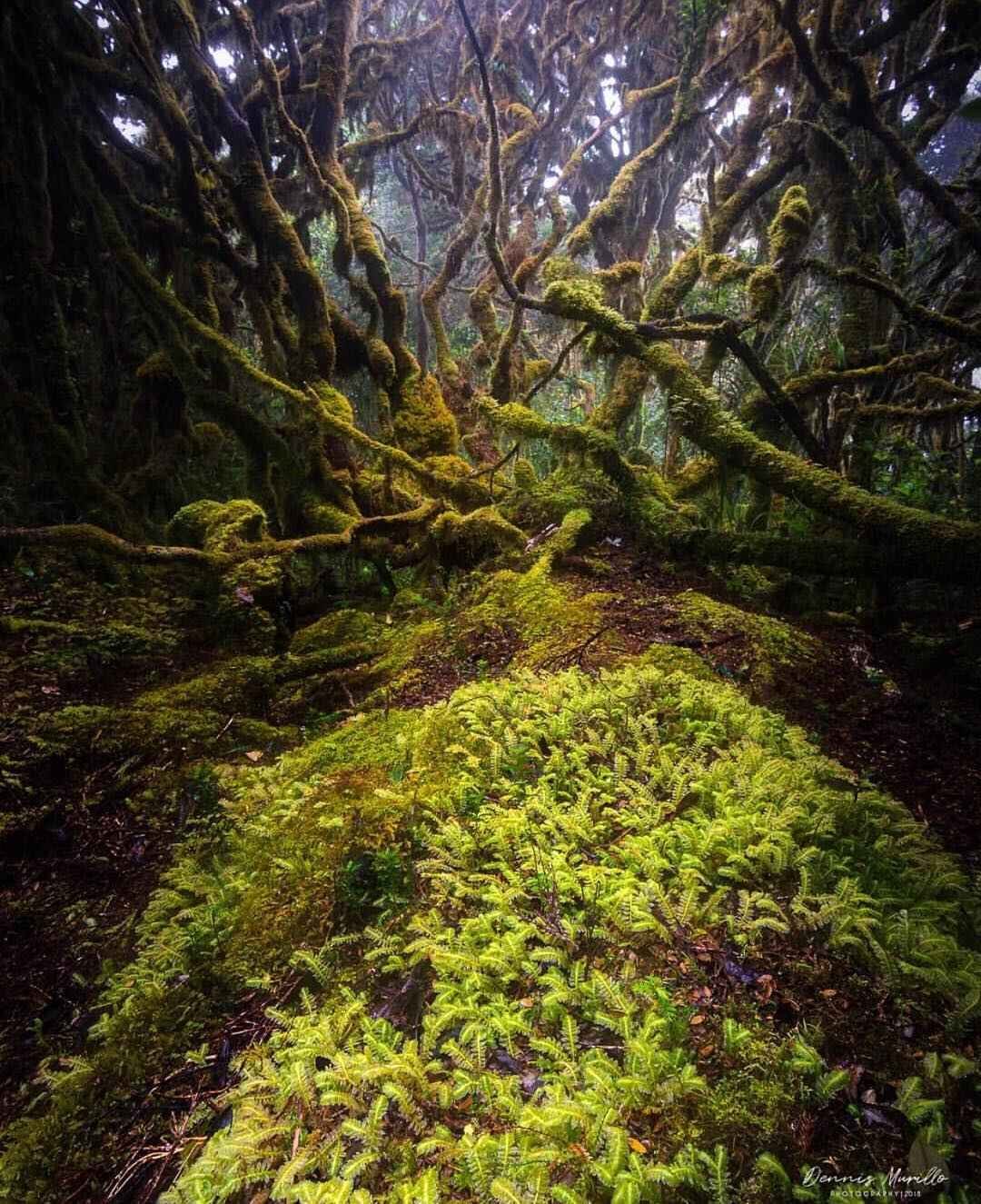
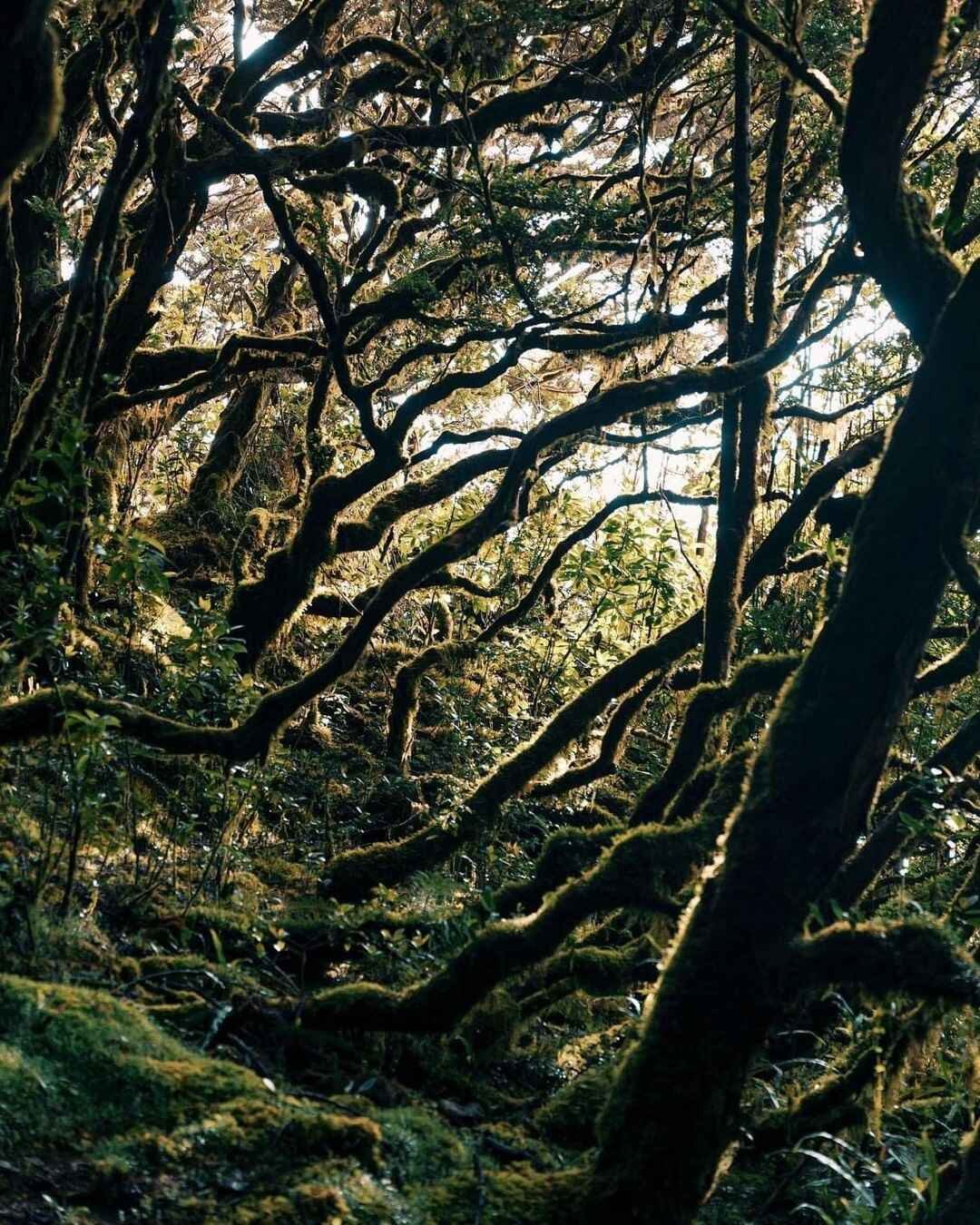
Mt Dulang-Dulang Distance
The distance to the summit varies depending on the trail chosen. On average, the hike covers around 20 kilometers round trip. This distance may seem manageable, but the rugged terrain and steep inclines make it a challenging trek that tests endurance and stamina. Hikers should be prepared for a multi-day adventure, with most itineraries spanning two to three days to allow for a more comfortable pace and to fully appreciate the surroundings.
How Long Does It Take to Climb Mt Dulang-Dulang?
The duration of the hike can vary based on the hiker’s pace, weather conditions, and chosen trail. Typically, the ascent to the summit of Mount Dulang-Dulang takes about 8 to 10 hours from the trailhead. The descent is slightly faster, taking around 6 to 8 hours. However, most hikers opt for a two-day itinerary, spending the night at a designated campsite to break up the journey and enjoy the mountain’s natural beauty without the rush.
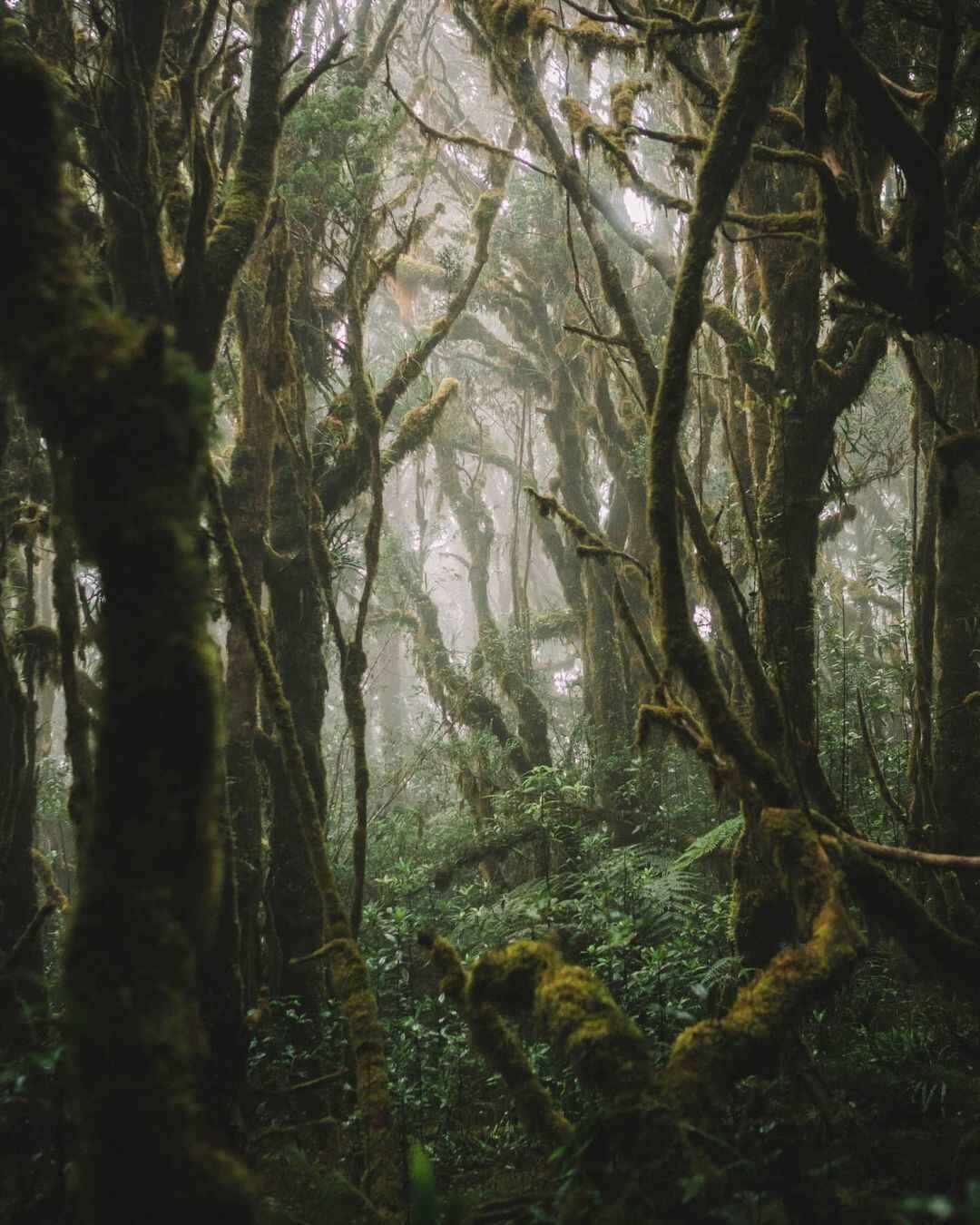
Mount Apo Height: How Tall is Mount Apo? 
As the tallest mountain in the Philippines, Mount Apo’s height is a significant draw for mountaineers and nature lovers alike. At 2,954 meters (9,692 feet), reaching the summit is no small feat, but the reward is well worth the effort. The panoramic views from the top are simply breathtaking, offering a bird’s-eye view of Mindanao’s diverse landscapes, from lush forests and rolling hills to distant cities and vast bodies of water. The sense of accomplishment you’ll feel upon reaching the summit is unparalleled—it’s a moment that will stay with you forever.
Mount Apo History: A Mountain Rich in Culture and Heritage 
Mt. Apo is not just a natural wonder; it’s a site of great cultural and historical significance. The mountain is considered sacred by the indigenous Bagobo tribes, who believe it to be the home of Apo Sandawa, their revered ancestral spirit. For centuries, Mount Apo has been a site of pilgrimage, rituals, and traditions, passed down through generations. In 1936, it was declared a national park, making it one of the oldest protected areas in the Philippines. The park is home to a wide variety of flora and fauna, including the critically endangered Philippine eagle, which is often spotted in the area. This rich tapestry of culture, history, and biodiversity makes Mount Apo a truly unique destination.
Mt Dulang-Dulang Location
Mount Dulang-Dulang is located in the heart of Bukidnon province in Mindanao, Philippines. Specifically, it is part of the Kitanglad Mountain Range, a protected area known for its rich biodiversity. The nearest major town is Lantapan, from which most hikers begin their journey. The mountain’s remote location adds to its allure, offering a true escape from the hustle and bustle of city life.
Mt Dulang-Dulang Trail Options
There are several routes to the summit of Mount Dulang-Dulang, each offering its own unique experience. The most popular trails include the Dalwangan Route, the Lantapan Trail, and the Intavas Trail. Let’s explore each of these trails in detail.
Dalwangan Route
The Dalwangan Route is one of the most commonly used trails to ascend Mount Dulang-Dulang. Starting from the village of Dalwangan, this trail takes hikers through dense mossy forests, steep ridges, and open grasslands. The trail is known for its challenging terrain, but it also offers some of the most breathtaking views of the surrounding landscape. This route is favored by experienced hikers who seek a challenging and rewarding adventure.
Lantapan Trail
The Lantapan Trail is another popular route, beginning from the town of Lantapan. This trail is slightly shorter than the Dalwangan Route but is equally challenging. Hikers will traverse through dense forests, cross rivers, and climb steep inclines. The Lantapan Trail is known for its rich biodiversity, with sightings of rare birds, plants, and even wild animals being a common occurrence. This route is ideal for nature lovers who want to immerse themselves in the natural beauty of Mount Dulang-Dulang.
Intavas Trail
The Intavas Trail is the least traveled but offers a more rugged and remote experience. Starting from the village of Intavas, this trail is for those who seek solitude and a true wilderness adventure. The trail is less developed, with fewer markers and more challenging obstacles. However, the sense of isolation and the untouched beauty of the landscape make it a worthwhile choice for experienced hikers looking for a more off-the-beaten-path experience.
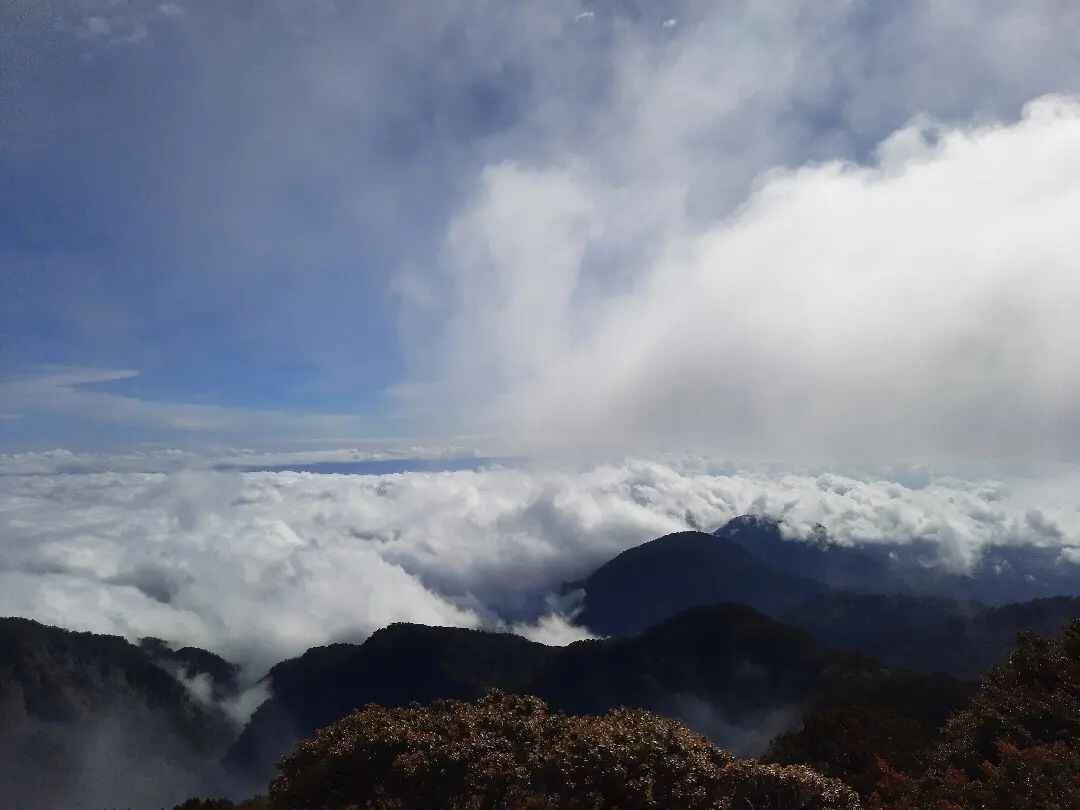
Mt Dulang-Dulang Hike Overview
Hiking Mount Dulang-Dulang is a journey through some of the most pristine natural environments in the Philippines. The trail takes you through a variety of landscapes, from lush forests to moss-covered trails, and finally to the open, windswept summit. Here’s a closer look at what you can expect on this incredible hike.
Mt Dulang-Dulang Mossy Forest
One of the most enchanting features of Mount Dulang-Dulang is its mossy forest. As you ascend, you’ll find yourself surrounded by towering trees draped in thick layers of moss, creating an otherworldly atmosphere. The forest is often shrouded in mist, adding to its mystical charm. The air here is cool and crisp, and the only sounds you’ll hear are the rustling of leaves and the occasional call of a bird. This part of the hike is truly magical and a favorite among many hikers.
Mt Dulang-Dulang Summit
Reaching the summit of Mount Dulang-Dulang is an experience like no other. The peak is often covered in clouds, but on clear days, it offers panoramic views of the surrounding mountains and valleys. The sense of accomplishment as you stand at the top, knowing you’ve conquered the second-highest mountain in the Philippines, is indescribable. The summit is a place for reflection and gratitude, a reward for all the hard work it took to get there.
Mt Dulang-Dulang Peak
The peak of Mount Dulang-Dulang is characterized by its rocky outcrops and windswept grasslands. The temperature here can be quite cold, especially in the early morning, so be sure to bring warm clothing. The views from the peak are stunning, with the neighboring peaks of the Kitanglad Range visible on clear days. This is the perfect spot to take a break, enjoy a snack, and soak in the beauty of your surroundings.
Lalawan Falls
For those who want to add a little extra adventure to their hike, a visit to Lalawan Falls is highly recommended. Located near the base of the mountain, this picturesque waterfall is the perfect place to cool off after a long hike. The falls are surrounded by lush vegetation, and the sound of the cascading water is incredibly soothing. A visit to Lalawan Falls is the perfect way to end your Mount Dulang-Dulang adventure.
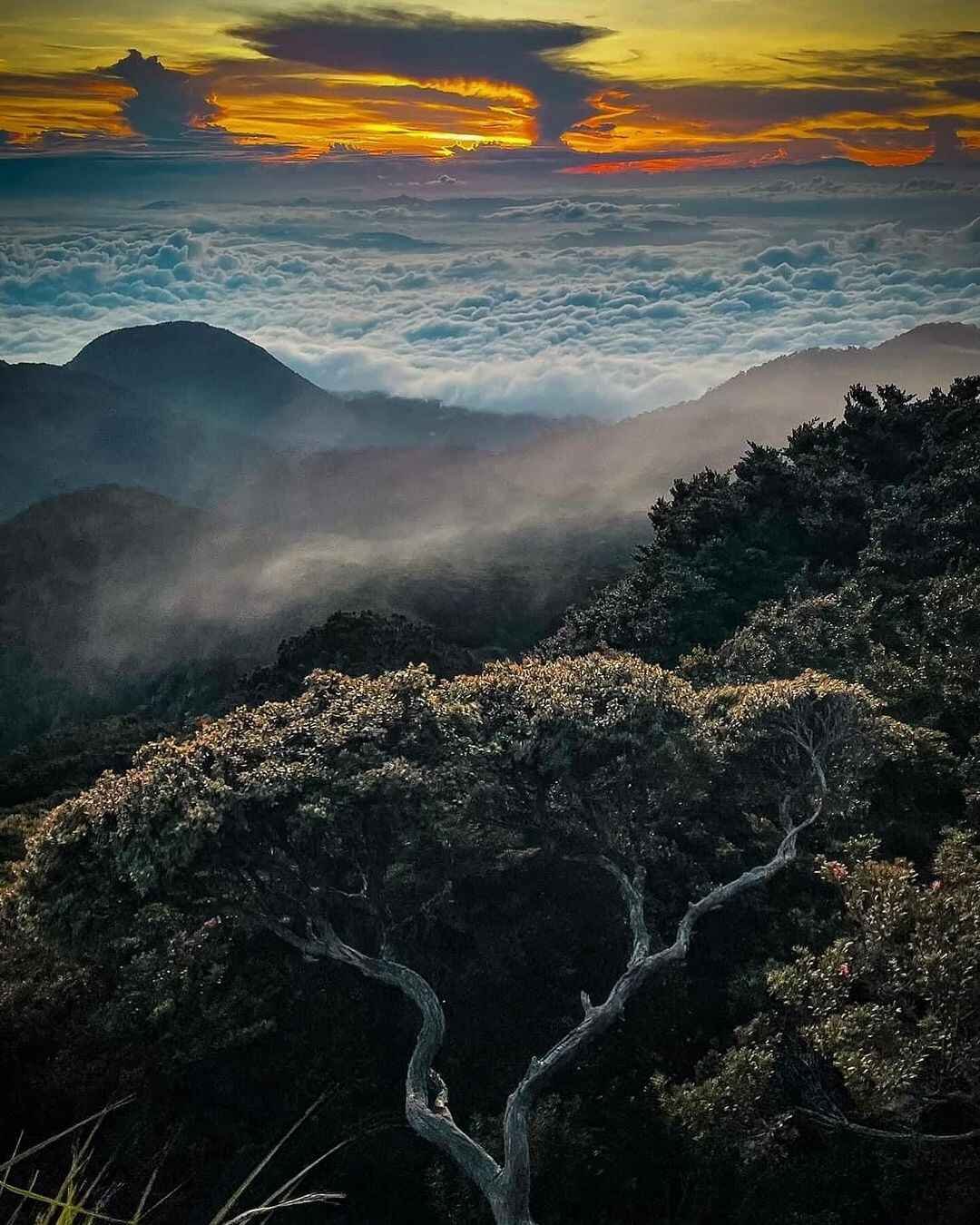
Mt Dulang-Dulang Kitanglad Traverse
For the ultimate adventure, consider doing the Mount Dulang-Dulang and Mount Kitanglad traverse. This challenging hike involves crossing from the summit of Mount Dulang-Dulang to the peak of Mount Kitanglad, the fourth-highest mountain in the Philippines. The traverse takes about three to four days and requires a high level of physical fitness and experience. The rewards, however, are immense. You’ll experience some of the most stunning scenery in the Philippines, including dense forests, open grasslands, and panoramic mountain views. The traverse is a true test of endurance and a must-do for any serious hiker.
How to Get to Mount Dulang-Dulang
Getting to Mount Dulang-Dulang requires some planning, but the journey is part of the adventure. Here’s how you can reach this majestic mountain.
From Manila or Cebu, fly to Laguindingan Airport in Cagayan de Oro. From there, take a bus to Malaybalay City, the capital of Bukidnon province. The bus ride takes about three hours and costs around PHP 200. Once in Malaybalay, you can hire a habal-habal (motorbike) to take you to Lantapan or Dalwangan, depending on your chosen trailhead. The habal-habal ride costs around PHP 200 to PHP 300 per person.
If you’re traveling in a group, you can also hire a private van from Cagayan de Oro to the trailhead. This option is more convenient and can save time, especially if you have a lot of gear. The cost of a van rental is around PHP 3,000 to PHP 4,000, depending on your negotiation skills and the size of your group.
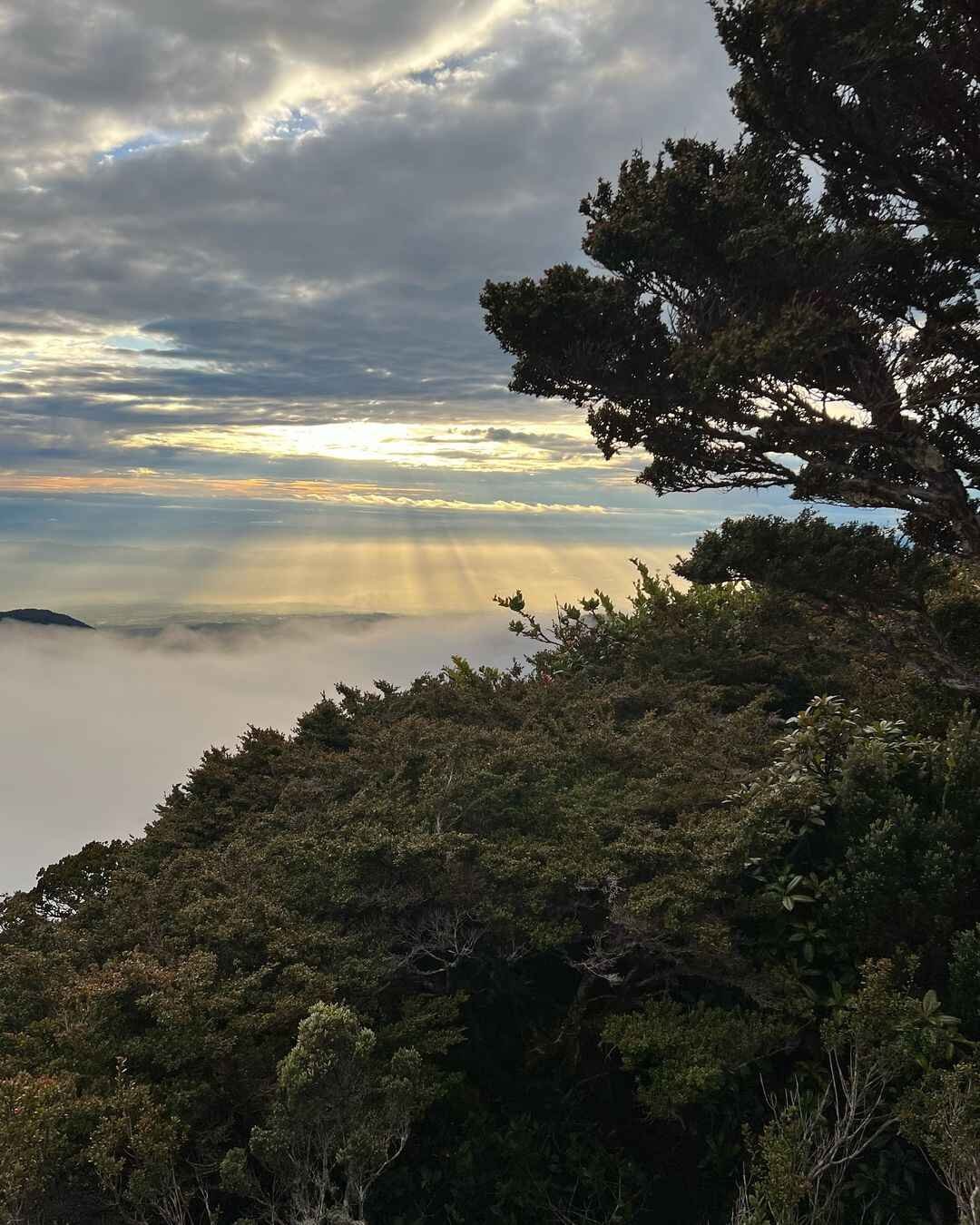
Dos and Don’ts When Climbing Mount Dulang-Dulang
Climbing Mount Dulang-Dulang is a serious undertaking, and there are certain dos and don’ts to keep in mind to ensure a safe and enjoyable experience.
Dos:
- Do hire a local guide. Not only is it required, but it also ensures your safety and supports the local economy.
- Do bring enough food and water. There are no stores or water sources along the trail.
- Do pack appropriately. Bring warm clothing, a good quality tent, and a reliable sleeping bag, as temperatures can drop significantly at higher elevations.
- Do respect the environment. Carry out all your trash, and avoid disturbing the local flora and fauna.
- Do prepare physically and mentally. The hike is challenging, so make sure you’re in good shape before attempting it.
Don’ts:
- Don’t hike alone. Always go with a group or at least with a guide.
- Don’t leave the trail. The dense forest can be disorienting, and it’s easy to get lost.
- Don’t disturb wildlife. Mount Dulang-Dulang is home to many rare species, and it’s important to protect their habitat.
- Don’t forget to get the necessary permits. Failing to do so can result in fines and being denied access to the mountain.
- Don’t rush. Take your time to enjoy the hike and the beauty of the surroundings.
Best Time to Visit Mount Dulang-Dulang
The best time to hike Mount Dulang-Dulang is during the dry season, from November to April. During these months, the weather is generally more stable, with less chance of rain. This makes the trail less muddy and easier to navigate. The cooler temperatures also make for a more comfortable hike. However, even during the dry season, weather conditions in the mountains can be unpredictable, so always be prepared for rain and cold temperatures.
Avoid hiking during the rainy season, from May to October, as the trail can become extremely slippery and dangerous. Landslides are also a risk during this time, making it unsafe to attempt the climb.
Mount Dulang-Dulang Guide, Ritual, and Permit Requirements
Climbing Mount Dulang-Dulang requires not only physical preparation but also adherence to local customs and regulations. Here’s what you need to know about the guide, ritual, and permit requirements before embarking on your journey.
Mount Dulang-Dulang Guide Fee
Hiring a local guide is mandatory when hiking Mount Dulang-Dulang. The guides are well-versed in the terrain and the cultural significance of the mountain. They ensure your safety and help you navigate the challenging trails. The standard guide fee ranges from PHP 1,000 to PHP 1,500 per day, depending on the size of your group and the guide’s experience. This fee is usually shared among group members, making it more affordable.
Ritual Fee in Mount Dulang-Dulang
Before starting the climb, it’s customary to participate in a ritual led by the local elders. This ritual, known as “panawagtawag,” is a way to seek permission and blessings from the spirits that are believed to dwell in the mountain. It’s a significant cultural practice that reflects the deep respect the locals have for Mount Dulang-Dulang. The ritual fee is typically around PHP 1000, which is used to prepare the offerings and to compensate the elders who conduct the ritual. Participating in this ritual is not only a requirement but also a unique cultural experience that adds to the richness of your hike.
Mount Dulang-Dulang Permit Fee
In addition to the guide and ritual fees, you must secure a climbing permit from the local Department of Environment and Natural Resources (DENR) office. This permit helps regulate the number of hikers and supports conservation efforts to protect the mountain’s ecosystem. The permit fee is approximately PHP 1000 per peak/per person. It’s advisable to arrange this permit in advance, either through your guide or by visiting the DENR office in Malaybalay City.
Ensuring that you meet these requirements not only prepares you for the physical aspects of the hike but also shows respect for the cultural and environmental significance of Mount Dulang-Dulang.
Mount Dulang-Dulang Itinerary
Day 1:
- 3:00 AM – Departure from Malaybalay City or Cagayan de Oro. Travel to the trailhead via private van or habal-habal.
- 5:30 AM – Arrival at the trailhead (Dalwangan or Lantapan). Meet your guide, settle permits, and prepare for the hike.
- 6:00 AM – Start of the hike. The trail begins with a gradual ascent through the lower forest.
- 9:00 AM – Short break at a rest area or clearing. Enjoy snacks and hydrate.
- 12:00 PM – Lunch break at the midpoint of the trail. Find a shaded spot to rest and refuel.
- 1:00 PM – Resume the hike. The trail becomes steeper and more challenging as you approach the mossy forest.
- 4:00 PM – Arrival at the designated campsite (approximately 2,500 MASL). Set up your tent and gear.
- 5:00 PM – Explore the surrounding area or relax at the campsite. Enjoy the tranquil environment.
- 6:00 PM – Dinner at the campsite. Prepare and enjoy a warm meal with your group.
- 7:00 PM – Rest and prepare for the early morning summit push. Lights out early to conserve energy.
Day 2:
- 3:00 AM – Wake up call. Prepare for the summit ascent. Pack essential items for the final push.
- 3:30 AM – Start the ascent to the summit. The trail is steep and rocky, so take it slow.
- 5:30 AM – Arrival at the summit of Mount Dulang-Dulang. Enjoy the stunning sunrise and panoramic views of the Kitanglad Mountain Range.
- 6:30 AM – Spend time at the summit for photos and rest. Take in the breathtaking scenery.
- 7:00 AM – Begin the descent back to the campsite. The descent is quicker, but the trail can be slippery.
- 9:00 AM – Arrival back at the campsite. Take a short break and pack up your gear.
- 10:00 AM – Start the final descent back to the trailhead. The trail is less challenging on the way down, but still requires caution.
- 1:00 PM – Arrival at the trailhead. Freshen up and prepare for the return trip.
- 2:00 PM – Travel back to Malaybalay City or Cagayan de Oro. Option to visit Lalawan Falls if time and energy permit.
- 4:00 PM – Arrival in Malaybalay City or Cagayan de Oro. End of the adventure.
This itinerary ensures a well-paced journey, allowing you to fully enjoy the beauty of Mount Dulang-Dulang while maintaining a manageable schedule.
Additional Resources
For more information on Mount Dulang-Dulang, including updates on trail conditions and permit requirements, you can visit the official Bukidnon tourism website or contact the local tourism office in Malaybalay City. There are also several online forums and social media groups where hikers share their experiences and tips for climbing Mount Dulang-Dulang. DENR BUKIDNON contact Number.
Conclusion
Mount Dulang-Dulang is not just a hike; it’s an adventure that challenges you physically, rewards you with breathtaking natural beauty, and leaves you with a deep appreciation for the wonders of the Philippine mountains. Whether you’re a seasoned hiker or a nature lover looking for a new challenge, Mount Dulang-Dulang offers an experience like no other. Remember to prepare well, respect the environment, and most importantly, enjoy every moment of this incredible journey. Happy hiking!
FAQ
1: What permits do I need to climb Mount Dulang-Dulang, and where can I get them?
Answer:
To climb Mount Dulang-Dulang, you need to secure a hiking permit from the local Department of Environment and Natural Resources (DENR) office. The permit can be obtained in Malaybalay City or through coordination with local guides or the tourism office in Lantapan. In addition to the hiking permit, you are required to hire a local guide, as self-guided hikes are not allowed. It’s best to arrange these permits in advance, as the mountain has a limited number of hikers allowed daily to preserve its natural environment.
FAQ 2: What is the best time of year to hike Mount Dulang-Dulang?
Answer:
The best time to hike Mount Dulang-Dulang is during the dry season, which typically runs from November to April. During these months, the weather is more stable, and the trails are less muddy and slippery. Avoid hiking during the rainy season (May to October) as the trails can become dangerous due to mud, landslides, and low visibility. Always check the weather forecast before your hike to ensure safe conditions.
FAQ 3: How difficult is the hike to Mount Dulang-Dulang, and do I need to be in good physical shape?
Answer:
The hike to Mount Dulang-Dulang is considered challenging, even for experienced hikers. The trail is steep, rugged, and often muddy, with sections that require scrambling over rocks and navigating through dense forests. It’s crucial to be in good physical shape, as the hike involves long hours of trekking with significant elevation gain. Training beforehand, particularly on steep terrain, will help you better prepare for the physical demands of the hike.
FAQ 4: What should I pack for the hike to Mount Dulang-Dulang?
Answer:
When hiking Mount Dulang-Dulang, pack essential items such as:
- Warm clothing: Temperatures drop significantly at higher elevations, especially at night.
- A reliable tent and sleeping bag: For overnight stays at the campsite.
- Food and water: There are no facilities along the trail, so bring enough supplies for the entire hike.
- Rain gear: Weather can be unpredictable, so a waterproof jacket and dry bags are essential.
- First aid kit: To handle minor injuries or emergencies.
- Navigation tools: While a guide is required, having a map, compass, or GPS can be helpful.
- Headlamp: For early morning or late evening hiking.
FAQ 5: How do I get to the trailhead of Mount Dulang-Dulang from major cities like Manila or Cebu?
Answer:
From Manila or Cebu, fly to Laguindingan Airport in Cagayan de Oro. From the airport, take a bus to Malaybalay City in Bukidnon, which takes approximately 3 hours and costs around PHP 200. Upon arrival in Malaybalay, you can either hire a habal-habal (motorbike) or a private van to take you to the trailhead in Lantapan or Dalwangan. The habal-habal ride costs around PHP 200 to PHP 300 per person, while a private van rental ranges from PHP 3,000 to PHP 4,000, depending on the group size.
These FAQs address some of the most common concerns and inquiries from hikers planning to conquer Mount Dulang-Dulang, providing essential information to ensure a safe and enjoyable experience.





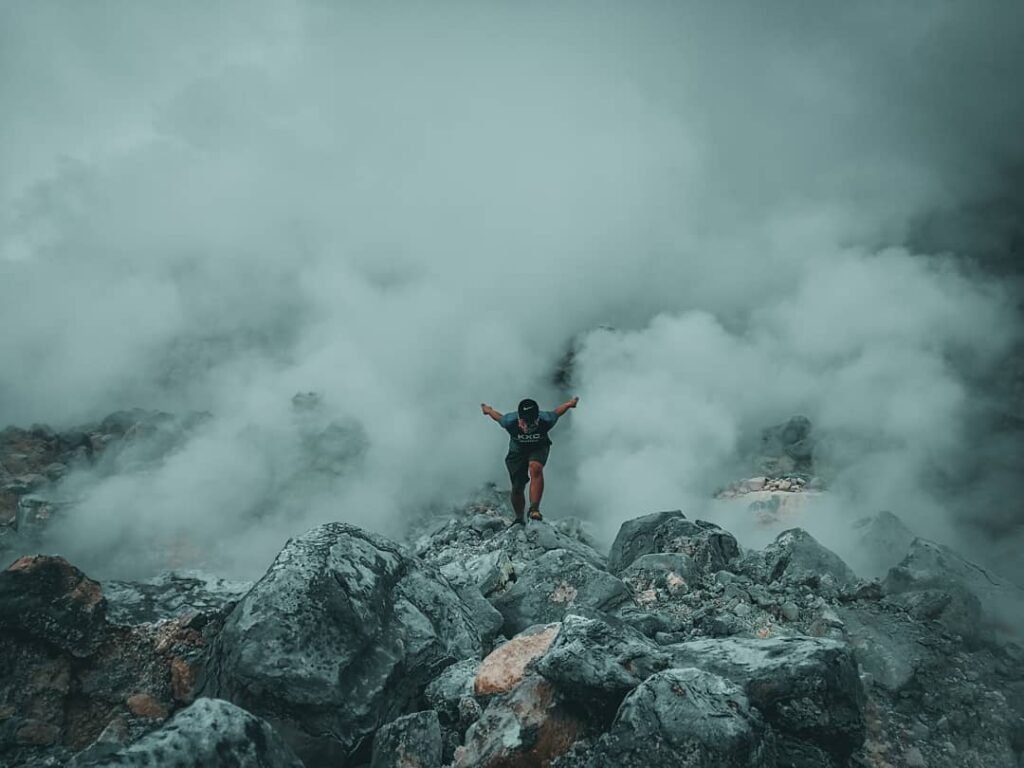
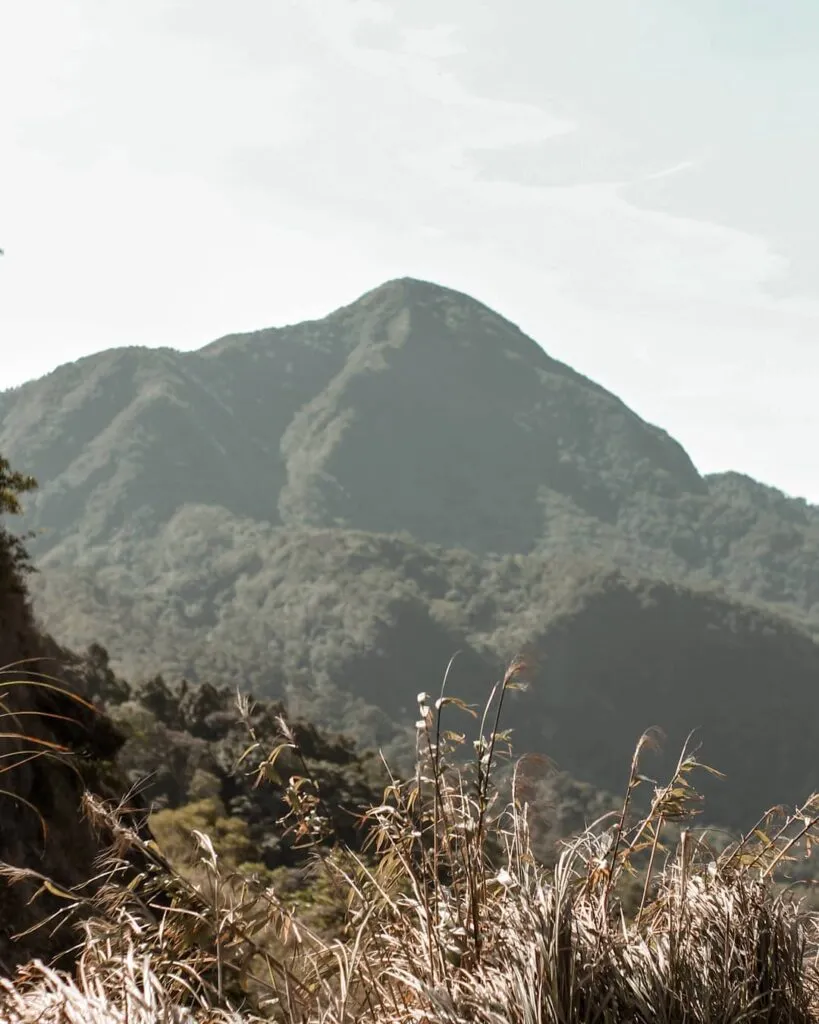
im very interested to climb. may i who are some of the tour guides? how much do they charge? im already senior at 67 this june, i hv climbed mount apo already twice and recently mount guiting guiting. you may check my fb profile if you think i can still do it. thank you very much🙏🙏🙏